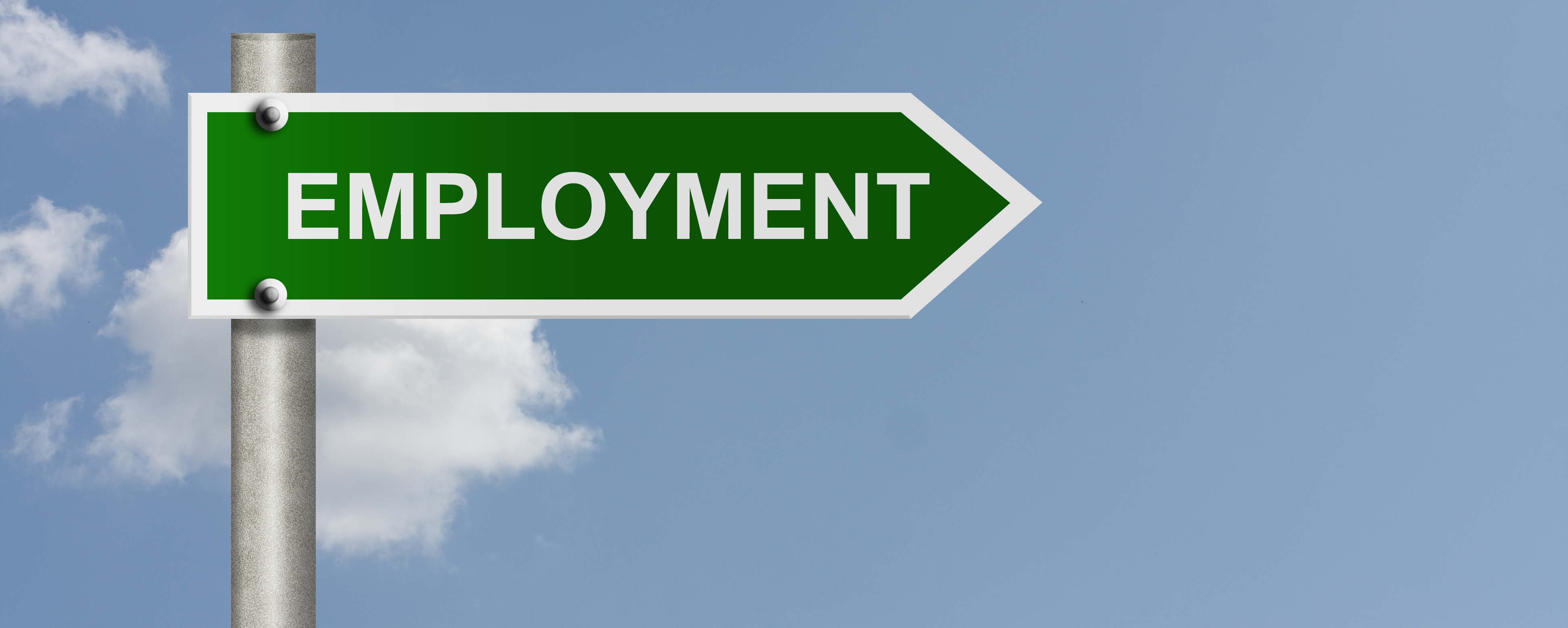The promise of creating 1.2 to 1.5 million jobs annually made by two presidential hopefuls, namely Mohammad Baqer Qalibaf and Seyyed Ebrahim Raeisi, in their stump speeches seems like another enticement aimed at winning over the Iranian electorate.
According to official figures, the net number of jobs created by the government of President Hassan Rouhani stood at 650,000 per annum. The previous government led by Mahmoud Ahmadinejad added 10,000 jobs to the economy on a yearly basis.
“It is impossible to generate 1.5 million jobs per year, not only in Iran but also in any country of the same economic background and potential,” economist Hadi Haqshenas told the Persian daily Shahrvand.
“Job creation, economic growth, containment of inflation and increasing per capita income are concepts university students of economics learn during their first year. In other words, those who have a limited knowledge of such concepts know that such employment statistics are unlikely to be feasible,” he added.
Referring to the Iranian economy’s scarce resources, Haqshenas said, “Our country is facing external challenges like sanctions on the one hand and internal issues such as mismanagement on the other.”
The economist noted that to create as many jobs as promised, the country’s revenues need to more than double in four years.
“Does Iran’s economy have such a capacity?” he asked rhetorically.
“Adding 1.2 million or 1.5 million jobs on a yearly basis is only a pie in the sky. Presidential contenders need to specify the tools or resources they plan to employ in order to attain these objectives.”
To Jamshid Pajouyan, economy professor at Allameh Tabatabaie University, job creation is contingent on attracting foreign investment. Domestic resources, either in capital market or banks, are limited and the government needs to focus on improving relations with foreign countries by creating an environment conductive to investment. It should also empower executives of macro- and micro-economic entities to help create real potential for foreign investment.
“It is impossible to fulfill this promise given the fact that Iran’s economy is a single-product economy and not a manufacturing one. This is a sticky issue that will not go away in four years. A third of the country’s revenues are gained through the sale of one item [oil], the exports of which do not add many jobs to the economy,” Pajouyan said.
Echoing the economists’ comments, Minister of Cooperatives, Labor and Social Welfare Ali Rabiei also chimed in by saying, “Those who make such promises are either clueless about numbers and the science of economics or don’t have an economic advisor.”
According to the Statistical Center of Iran, Iran’s unemployment rate stood at 12.4% last fiscal year (ended March 20, 2017), registering a 1.4% rise compared with the preceding year.
The SCI data show 3.2 million Iranians were unemployed last year–10.5% of men (or 2.19 million) and 20.7% of women (or 1.01 million) of ages 10 and above were jobless during the period.
The youth unemployment rate, i.e. the proportion of the population between the ages of 15 and 29, stood at 25.9%, posting a 2.6% rise.


